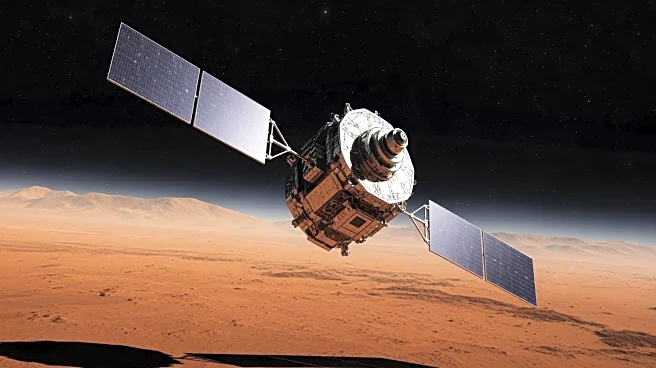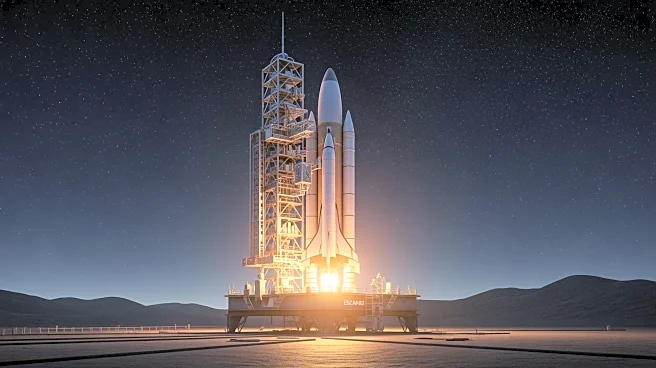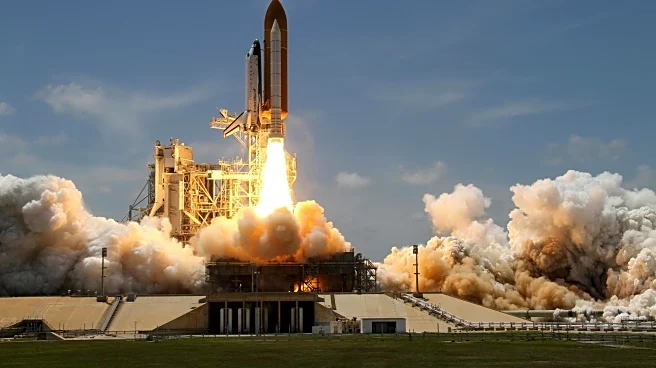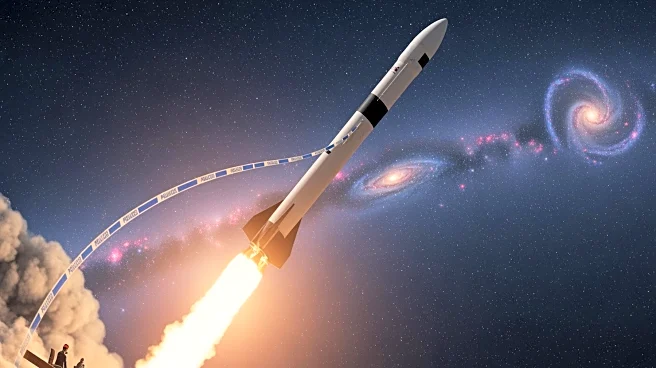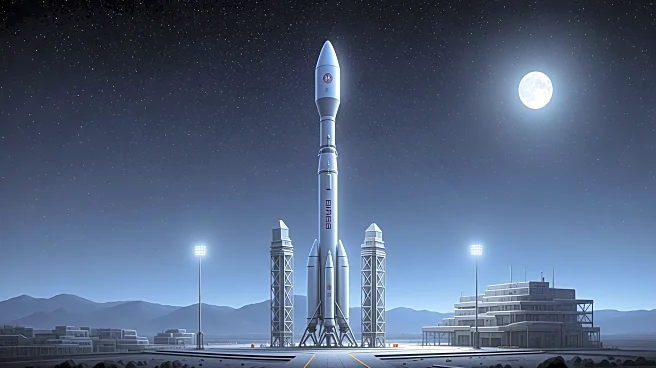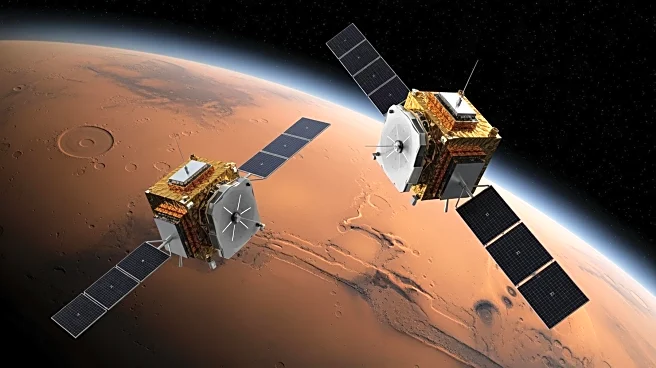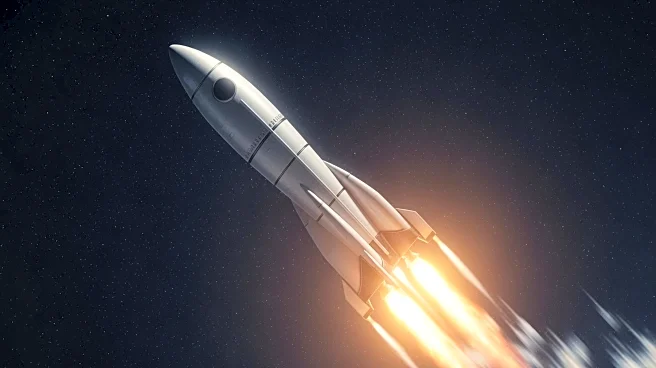What's Happening?
NASA's ESCAPADE mission, aimed at studying Mars' upper atmosphere, faced potential delays due to the unavailability of its launch vehicle during the previous Mars launch window. The mission, consisting
of two identical spacecraft, is set to launch aboard Blue Origin's New Glenn rocket. The mission's principal investigator, Rob Lillis, explained that ESCAPADE will employ an unusual trajectory, launching outside the typical Hohmann transfer windows. This approach involves entering a loiter orbit around Earth until the planets align correctly in November of next year. Originally, ESCAPADE was designed for a direct course to Mars, but now it will depart when Mars is over 220 million miles away. Despite the challenges, NASA secured a cost-effective deal with Blue Origin, paying $20 million for the launch, which is less than other options. The New Glenn rocket, although overpowered for the mission, offers a viable solution despite its limited flight history.
Why It's Important?
The successful execution of the ESCAPADE mission is crucial for advancing scientific understanding of Mars' atmospheric interactions with solar wind. This mission represents a significant step in NASA's ongoing exploration of Mars, providing valuable data that could inform future missions and potential human exploration. The innovative use of orbital dynamics to overcome launch window limitations demonstrates NASA's adaptability and commitment to scientific progress. Additionally, the collaboration with Blue Origin highlights the growing role of private companies in space exploration, potentially reducing costs and increasing access to space for scientific endeavors. The mission's success could bolster confidence in new launch vehicles like New Glenn, paving the way for more frequent and cost-effective missions to Mars and beyond.
What's Next?
Following the launch, the ESCAPADE spacecraft will enter a loiter orbit around Earth, awaiting the optimal alignment of Earth and Mars for its journey to the red planet. This phase will require precise calculations and adjustments to ensure the spacecraft are positioned correctly for their eventual departure to Mars. The mission's progress will be closely monitored by NASA and Blue Origin, with potential adjustments made to optimize the trajectory and ensure mission success. The data collected by ESCAPADE will be analyzed to enhance understanding of Mars' atmospheric dynamics, contributing to future mission planning and scientific research. The success of this mission could influence future collaborations between NASA and private space companies, potentially leading to more innovative and cost-effective solutions for space exploration.
Beyond the Headlines
The ESCAPADE mission's reliance on orbital dynamics highlights the importance of advanced astrodynamics in modern space exploration. This approach not only saves the mission from cancellation but also showcases the potential for flexible mission designs that can adapt to unforeseen challenges. The collaboration with Blue Origin underscores the evolving landscape of space exploration, where private companies play an increasingly significant role. This shift could lead to more competitive pricing and innovative solutions, benefiting scientific research and exploration. The mission also raises questions about risk management in space missions, as NASA accepts a higher chance of launch failure due to the New Glenn rocket's limited flight history. This decision reflects a strategic balance between cost savings and mission success, potentially influencing future mission planning and partnerships.
